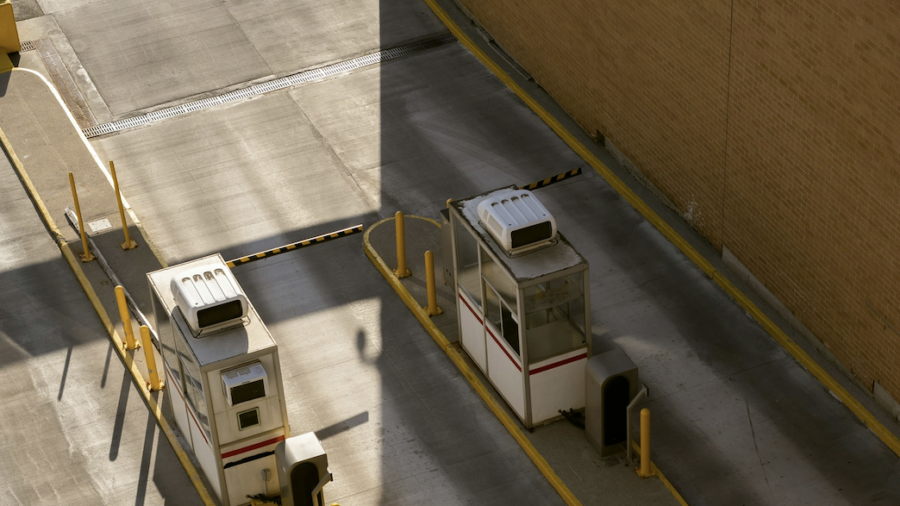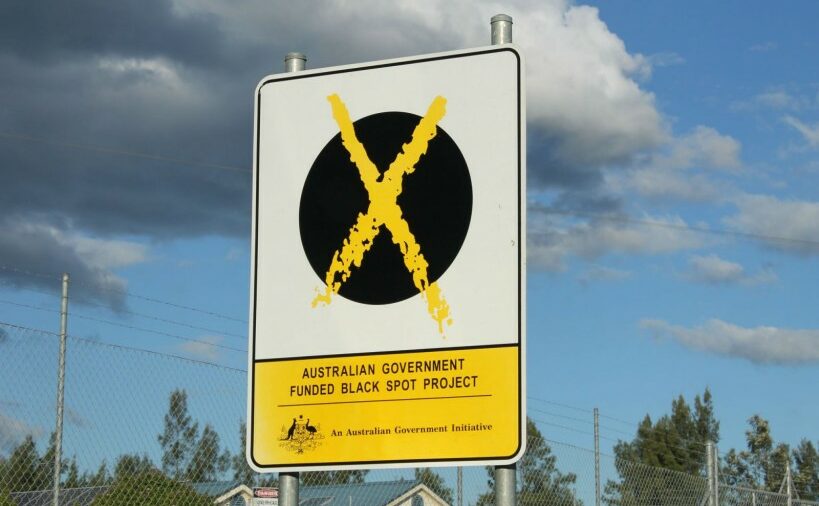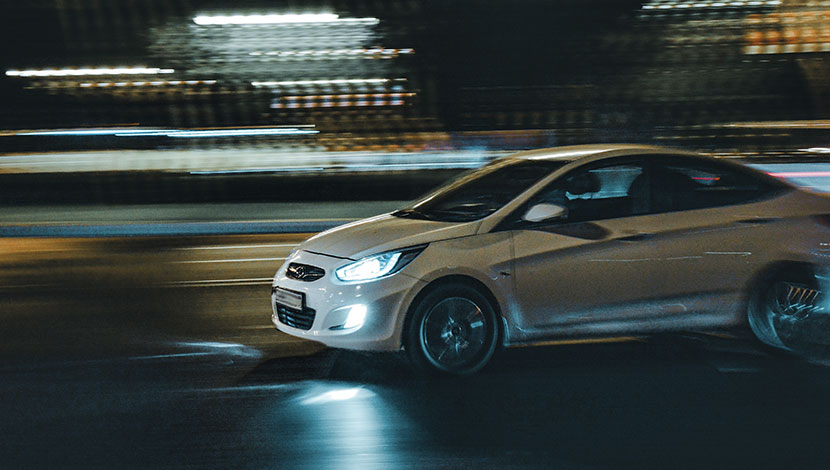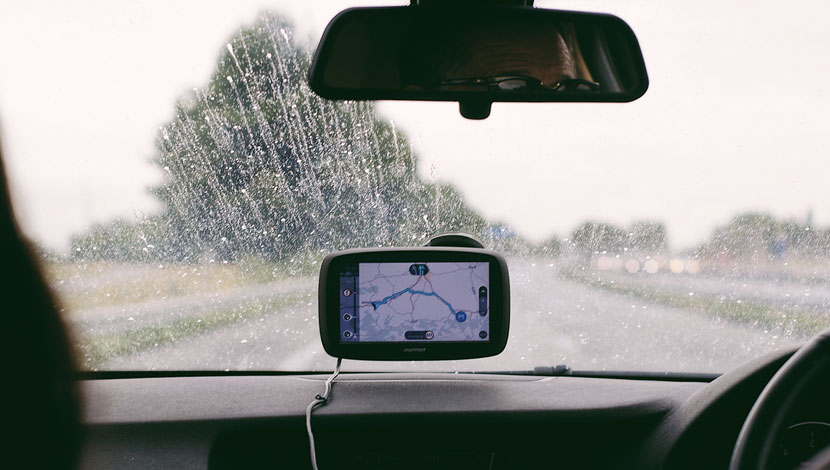How much do you know about speed and speeding? These top 10 tips will help you stop speeding and keep you on the right side of the law. This will also make your green slip cheaper. Read More


How much do you know about speed and speeding? These top 10 tips will help you stop speeding and keep you on the right side of the law. This will also make your green slip cheaper. Read More

Most people consider themselves to be good drivers. Yet many are still using their phones while driving, two fifths admit to speeding, and a fifth knowingly drive even though they are really tired. If you get demerit points for dangerous driving, it pushes up the cost of your green slip. Read More

There has been a recent, unacceptable increase in road trauma in NSW. In February 2024, the government held a Road Safety Forum to explore what could be done about it. One idea was popular – use average speed cameras for light vehicles as well as trucks. Has their time come at last? Read More

Speed and speeding are an essential part of road safety in Australia. Even so, you may not always know what you can and can’t do when it comes to speed. greenslips.com.au has compiled a top 10 of FAQs about the need for speed and speeding. Read More

Are women better drivers than men? You can expect a lively debate about that subject. But are women safer drivers than men? greenslips.com.au has been looking at the facts and found women are generally safer drivers than men. Read More

A huge report from the national Joint Select Committee on Road Safety has been released. It has hundreds of ideas about road safety in Australia and how it can be improved. greenslips.com.au has chosen a few interesting ideas. While there’s a lot more to road safety than safe roads, Part 1 is about roads. Read More

In Sydney, the worst place for car accidents is the Hume Highway at Liverpool. It has held this position for the past 8 years except one. Meanwhile, Friday is the most dangerous day of the week for crashes and any weekday afternoon between 1pm and 4.30pm. Find out how to avoid the worst accident black spots. Read More

After being removed last year, fixed and portable warning signs for mobile speed cameras in NSW are coming back. The backflip comes after a public backlash and a whopping increase in fines. Even so, we know 98% of motorists don’t speed past mobile speed cameras. Does that mean 98% of Australians don’t speed at all? Read More

Your chances of getting caught speeding in NSW are now higher than ever. Since it removed warning signs, NSW government has netted nine times more revenue from mobile speed cameras. Fines were $3.4 million in January 2021, from only $382,000 in January 2020. That doesn’t include fines issued by fixed cameras and police. Meanwhile, it’s still not obvious speed cameras are saving lives. Read More

There are some daft and not so daft road rules in Australia and you may not even know they exist. We tend to forget a lot of what we had to learn to pass driving tests. But it’s debatable how useful some of those rules are. For example, how many Western Australians carry heavy sacks of potatoes in their cars? Who today ties a goat to their vehicle in Victoria? Read More
Do you have more questions about CTP green slips, insurers or the greenslips.com.au Calculator? Search our site using our new AI Search.